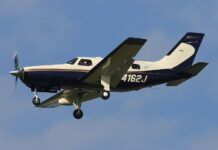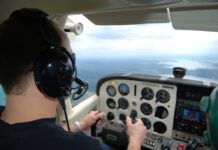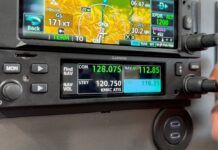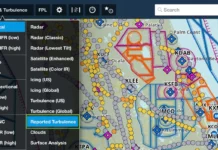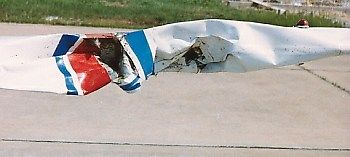 The FAA is advising operators to become familiar with risk assessment tools [as described in Advisory Circular (AC) 120-92], which “create numerical thresholds that trigger additional levels of scrutiny prior to a go/no-go decision for the flight.” The tool works by facilitating the identification of known hazardous parameters particular to the flight and assigning a fixed associated risk value for each parameter. For example, if a flight is assigned to a captain with less than 200 hours in type, that adds a risk value of five. If the flight will be flown to an airport with no published approaches, that adds four to the overall risk value. The FAA suggests that operators identify risk thresholds (a total risk value number) that automatically trigger further review of a flight, or suggest a “no-go” decision. The FAA points out that a flight risk-assessment tool such as the one described should be used as a guide and, obviously, does not guarantee a safe flight.
The FAA is advising operators to become familiar with risk assessment tools [as described in Advisory Circular (AC) 120-92], which “create numerical thresholds that trigger additional levels of scrutiny prior to a go/no-go decision for the flight.” The tool works by facilitating the identification of known hazardous parameters particular to the flight and assigning a fixed associated risk value for each parameter. For example, if a flight is assigned to a captain with less than 200 hours in type, that adds a risk value of five. If the flight will be flown to an airport with no published approaches, that adds four to the overall risk value. The FAA suggests that operators identify risk thresholds (a total risk value number) that automatically trigger further review of a flight, or suggest a “no-go” decision. The FAA points out that a flight risk-assessment tool such as the one described should be used as a guide and, obviously, does not guarantee a safe flight.
















